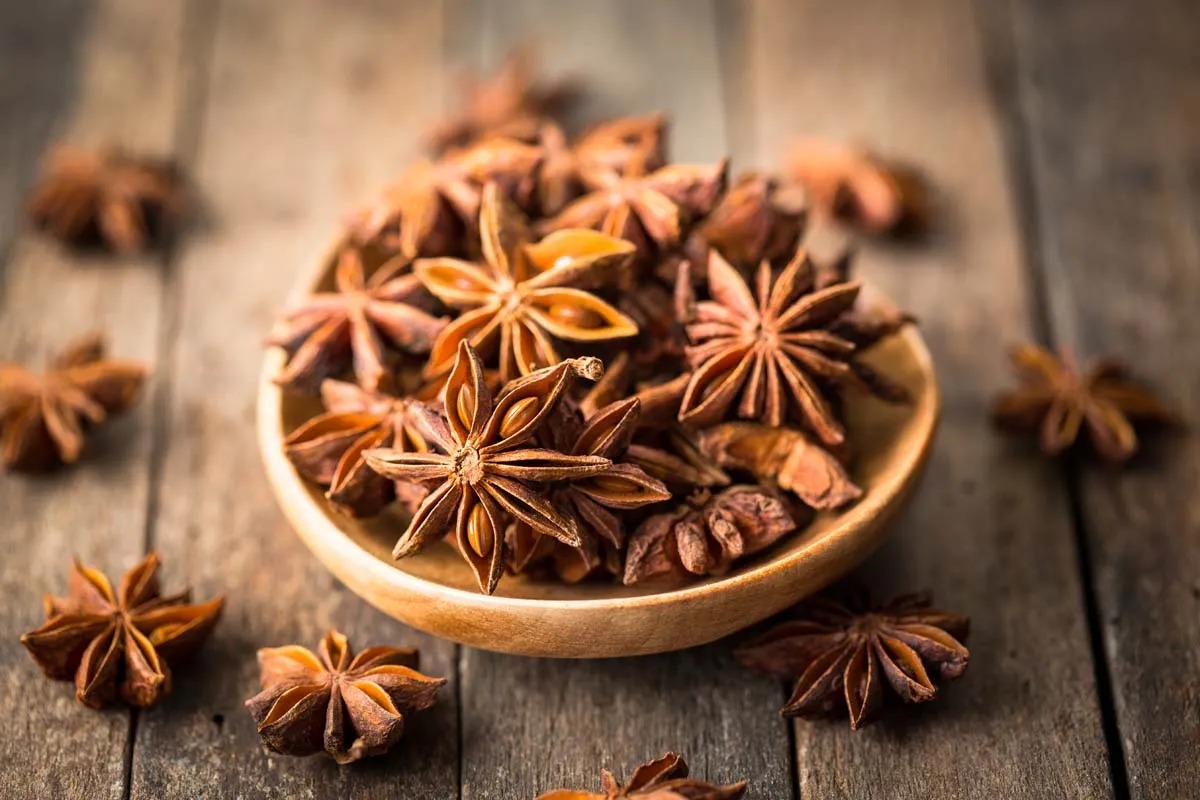From being a smelly kitchen and pharmacy essential, star anise, popularly known as lissi among locals, is gradually disappearing from the forests of northeastern India. In the Arunachal Pradesh state alone, over 60% of the star anise trees have disappeared in 84 years, threatening biodiversity as well as the livelihood of the traditional Indigenous Monpa people who have been growing this precious spice for generations.
Decline Drivers:
Global warming and unpredictable rainfall patterns have caused an imbalance in the fragile ecological equilibrium necessary to sustain star anise.
Overexpression and lack of sustainable production methods have accelerated the process.
Younger generations are losing traditional harvesting, and with it, traditional knowledge is lost.
Deforestation and tree drying have taken a heavy toll on production—down from 30–50 kg per household per day to as little as 2–3 kg.
Community Impact Points:
The Monpas, who have been cultivating star anise for generations, are economically hit as the yield declines.
Women, the backbone of the harvesting labor, now trek higher altitudes for lower pay.
The decline of the spice is not merely economic—it's cultural, imperiling a way of life that's rooted in forest stewardship.
Conservation Measures in Action
The World Wide Fund for Nature-India has stepped in to help Monpa farmers through village-level committees.
They are assisting in sustainable harvesting, sorting, packaging, and fair trade guarantees.
There is an attempt to institutionalize the spice value chain, resulting in better market access and prices for Monpas.
Ecological Significance Snapshot:
Star anise isn't just a chef's delight—it's a medicine powerhouse, packed with shikimic acid, a critical ingredient of antiviral drugs.
Its loss can impact medicine supply chains and biodiversity.
Conservationists warn that the spice will become functionally extinct in the region if urgent intervention is not implemented.
Future Prospects: Re-establishing star anise cultivation will be a mixture of traditional knowledge with scientific advice.
Agroforestry, climate-resilient agriculture, and youth engagement are on the agenda.
Star anise's history is a miniature of India's broader effort to balance tradition, nature, and modernity.
Sources: Mongabay India, YouTube Mongaby Video, WN.com, WWF-India
